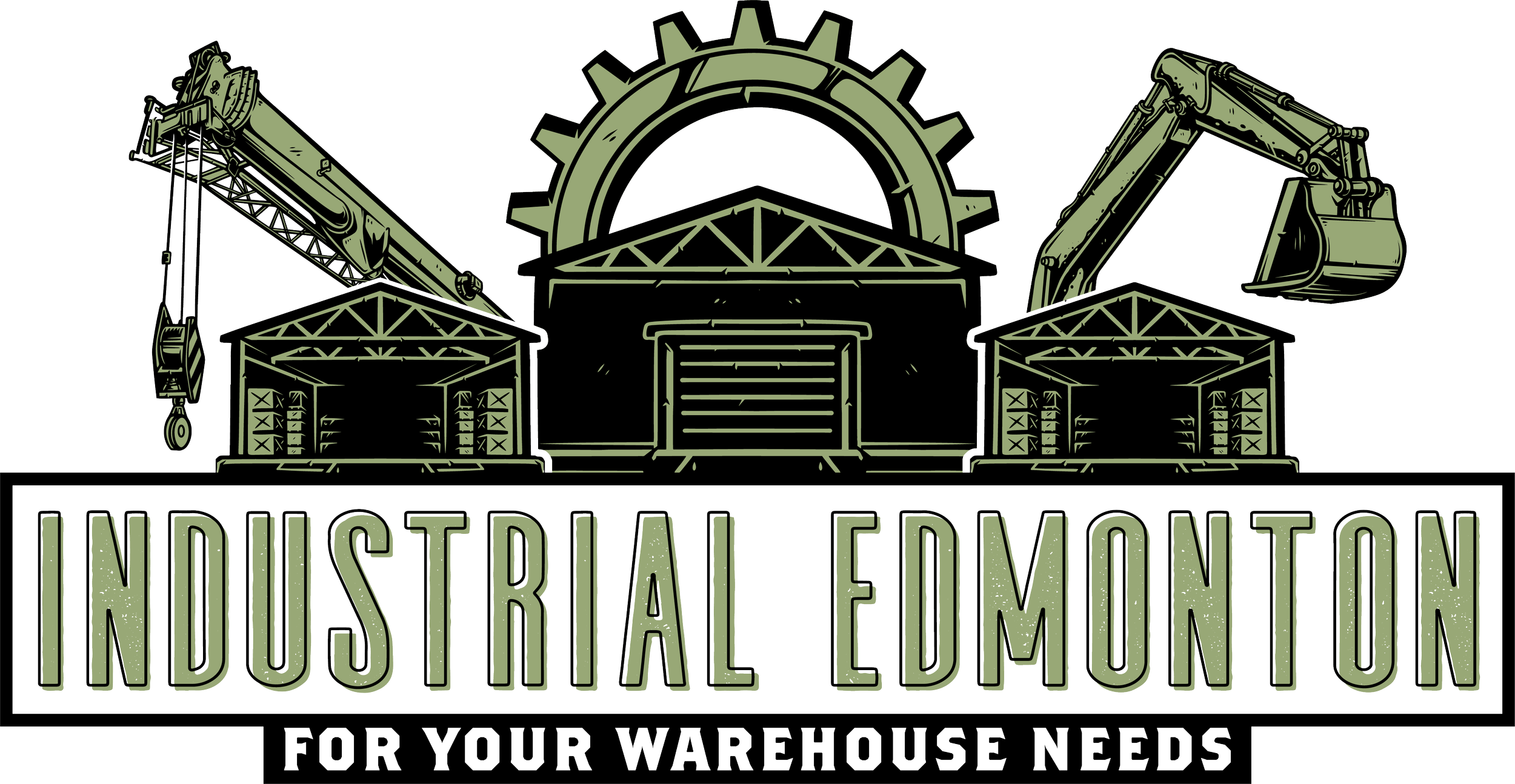For International Women’s Day, let’s talk Women, COVID-19 and Commercial Real Estate
MARCH 8TH, International Women’s Day: a global day celebrating the social, economic, cultural, and political achievements of women.
It’s well known that we still have a problem with the under-representation of women and visible minorities in the corporate environment.
The great news is so many individuals of all genders are taking an active role in working to improve corporate policies and these statistics in all industries. In fact, from 2015 to 2020, the representation of women in senior-vice-president positions grew from 23% to 28%, and representation in the C-suite grew from 17% to 21% across all industries (Mckinsey).
Unfortunately, these statistics are still not flowing through to the commercial real estate sector where the salary gap has actually widened for women between 2015 and 2020. Women have lost ground by 11% when accounting for salary, bonus and commissions, the overall gap now being a staggering 34%! Looking just at bonus and commissions, the gap is even larger at 56% (CREW Network). The question we have to then ask is: are women getting the same access to high quality projects, assignments and deals - are they being included? With respect to C-Suite positions, only 9% of individuals in the commercial real estate industry are women, and the pay gap between men and women is 33%. This screams that even at the highest of company positions, women are still not in parity with their peers.
Transitioning over to the outlook for 2021, after one of the most calamitous economic events of our lives, data is now showing that this pandemic is disproportionately setting women back years in parity progression. Due to COVID-19 market disruptions, one in four women have left, or are considering leaving, the workforce or downshifting their careers to manage the work-life effects of this pandemic. This is amplified for mothers, especially those with young children.
In order to intentionally take the reins on this regression, companies are now seeking out and implementing policy that can aid in reversing this trend. This effort is having the secondary effect of impacting the future demands on commercial real estate. The rates of burnout and the requirements for childcare are huge causes of women shifting out of the workforce. Performing to the fullest at home, while also stepping up to the challenges of a competitive work environment, are essentially two full time jobs. So how does this affect the considerations of commercial real estate? Companies are looking at “how can we alleviate some of these demands so employees can perform well in both realms?”. Strong consideration is being given to:
Onsite childcare amenities within the work environment;
Transitioning office space out of the core towards the suburban locations that employees live in;
Further extrapolating this into a hub and spoke model, with a city location as well as drop-down locations in the suburbs when employees can’t make it in;
Policy around work schedules to allow more flexibility, as well as a cap on expected working hours. Working hours have creeped due to work from home, which has enhanced burnout and mental health challenges;
Development of a more empathetic workplace with an emphasis on employee mental health, physical health and well-being, and how that can be integrated into policy, workplace design, and employee amenities.
This is an opportunity for employers to seek out and listen to the challenges that employees are dealing with, and implement a new mission that integrates flexible programming into the work environment. My experience has been extremely positive in the commercial real estate field, finding support and intentionality from male and female peers and mentors, which leads me to believe this is an important issue in our field. Companies want to improve upon these stats, and this must be led from the top down through company strategy and purposeful accountability.

